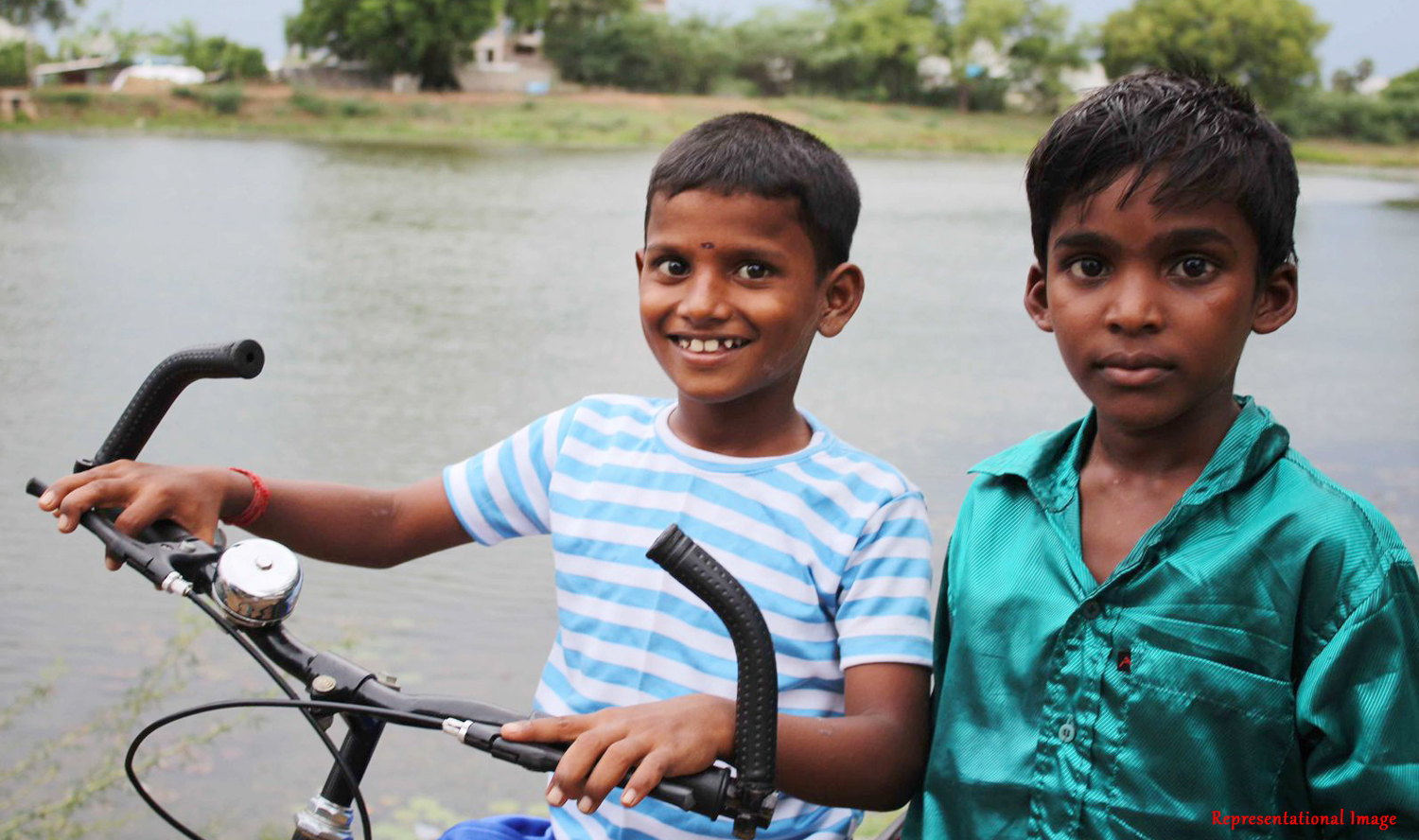
A nation’s wealth depends on its people’s health. Therefore, it is no surprise that the healthcare of a large nation like India is a big concern. More striking is that in India, National Health Accounts for 2018-19 show that the total health expenditure was estimated at a whopping Rs. 5,96,400 crore! The statistics also show that the out-of-pocket expenditure accounted for 53.32 percent of current health expenditure. In such a scenario, it is only natural that the Government is seeking more action to curb these expenses. Schemes like the Rashtriya Swasthya Bhima Yojana, Pradhan Mantri Jan Arogya Yojana (PMJAY), and the Health and Wellness Centre have been proposed. But the overall financial protection these schemes offer is limited, putting much pressure on the limited household finances.
In this study, conducted by Ms. Arya Rachel Thomas and Prof. Santosh Kumar Sahu from the Department of Humanities and Social Sciences, Indian Institute of Technology Madras, Chennai, India, and Prof. Umakant Dash from Institute of Rural Management Anand, India, the focus has been on the hardship-financing for inpatients and outpatients. Hardship-financing refers to the means taken by families to borrow money informally and sell assets to meet healthcare expenses. This takes a heavy toll on the financial stability of a household. Most families resort to such borrowing because there are no appropriate health policies in the country currently.
One of the main objectives of this paper is to explain hardship-financing clearly. For this, the authors have studied two waves of National Sample Survey (NSS) Organisation’s data on social consumption on health – the 71st and 75th rounds. The 71st round considers the data from January to June 2014, and the 75th round from July 2017 to June 2018. The authors used Descriptive statistics and Logistics regression to explain the adjusted impact of illness on hardship-financing. Pooled logistic regressions of the two rounds were estimated for inpatients and outpatients. Marginal effects were reported to study the changes in hardship-financing over time. The study conducted by the authors was region-specific, disease-specific, inpatient-specific, and outpatient specific. 16 types of diseases were classified and studied. Factors such as gender, education status, income level, private and public healthcare services, age group, and marital status were also considered.
The findings of this study shed a lot of light on the current healthcare scenario in India. It was found that hardship-financing has increased for outpatients and decreased for inpatients. One of the main reasons for this is that a large percentage of drug expenditure falls on outpatients. Another startling finding is that in 2018, outpatient hardship-financing at public hospitals was higher than for private hospitals. Most patients buy medicines from private pharmacies despite being treated at public hospitals. Another revealing finding of this study was that cancer had the highest hardship-financing in inpatient and outpatient cases.
The authors concluded that healthcare needs to be augmented by increasing the ‘spread-effectiveness’ of the policy and cost-effectiveness of treatment for patients. A competitive drug policy from the Government would also help.
Dr. Sanjay Kumar Mohanty, Professor & Head, International Institute for Population Studies, Mumbai, India, has presented his analysis of this study and appreciated the efforts of the authors through his following comments: “The paper Illnesses and hardship financing in India: an evaluation of inpatient and outpatient cases, 2014-18 by Arya Rachel, Umakant and Santosh is a novel, and thought-provoking research. I enjoyed reading the paper as it fills the void on measuring disease-specific hardship. Studies on disease-specific estimates are limited, and this paper did a good job by addressing it. The paper has merit, as the measures of catastrophic health-spending derived from NSS data has some limitations. In that sense, it is interesting and pertinent to investigate the financial hardship using alternative measures. The finding of the paper is also consistent with recent literature. In one of our papers we found declining catastrophic health spending in India. This paper, using financial hardship also suggests declining trend in case of hospitalization. This is an interesting finding in the context of increasing allocation of public health spending, particularly in the PM-JAY. Though, the data-limitation restricted the authors from understanding the role of PM-JAY, the study serves as a baseline for future work. However, the surprising result on outpatient visit needs to be rechecked. I believe the NSS survey did not adequately distinguish the financial hardship of outpatient visit as the reference period is for 15 days. I believe the instrument for measuring financial hardship of outpatients needs to relooked. This is beyond the authors’ control. Once again, I congratulate the students and her mentor in publishing this important paper.”
Article by Akshay Anantharaman
Click here for the original link to the paper











